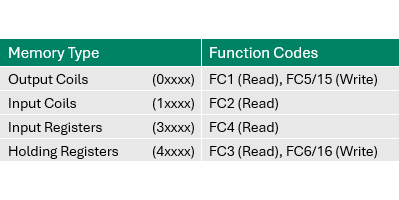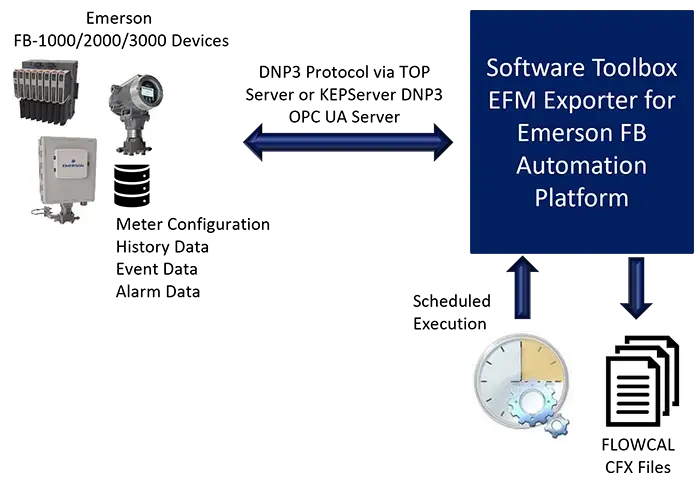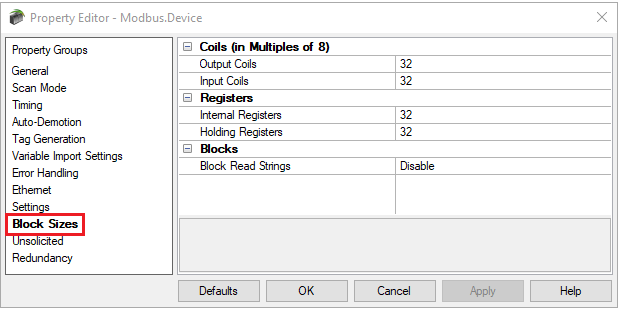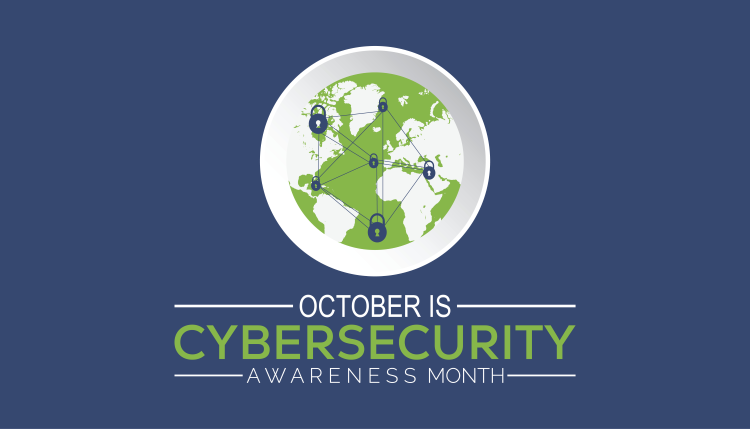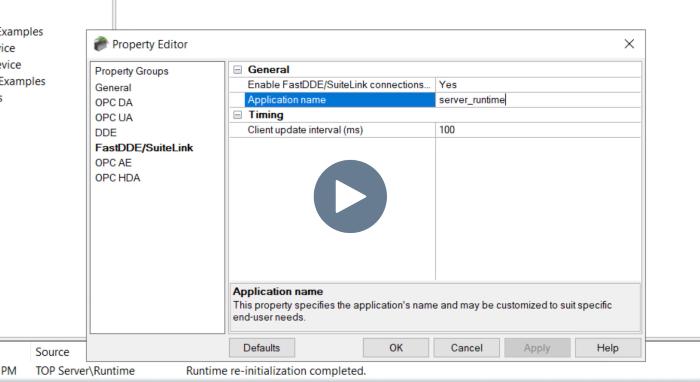How a Common Data Infrastructure is Helping Amcor Meet its Net Zero Goals
We are celebrating World Earth Day all month long and recognize that sustainability is not just about using eco-friendly materials — it is about making smarter choices in how we connect, operate, optimize, and innovate. To kick things off, this first blog of this year's Earth Day Series explores how Amcor, a global leader in the packaging industry, is leveraging TOP Server to drive efficiency, improve productivity, and help support its sustainability goals.





